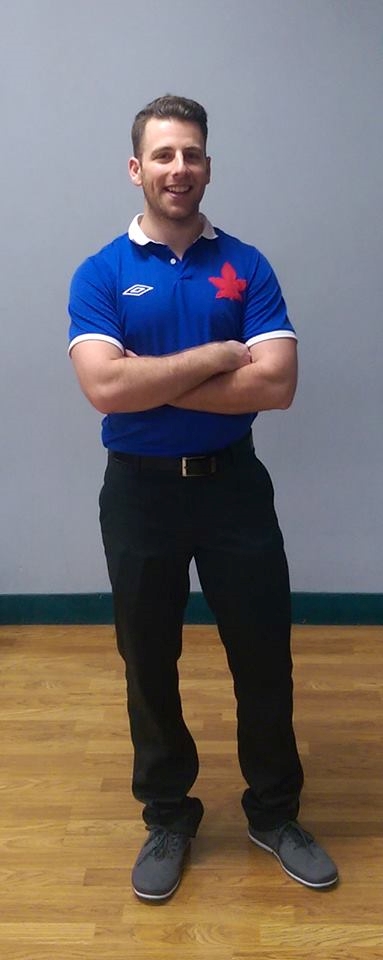|
Part 2 – Thoracic Spine
As briefly mentioned in Part 1, the mobility of the thoracic spine is often overlooked. The thoracic spine is made to move! We spend most of our time hunched over our work so we forget about the rotation and extension (standing up nice and tall) that our T-Spine (thoracic) can do. This is the region of the spine that players on the PGA and LPGA tours use to create the big shoulder turn and generate incredible club head speeds. In the back swing thoracic extension and rotation play key roles in creating space for a full shoulder turn, while maintaining your head position over the ball. This decreases your side-to-side sway. As you transition in to your downswing and make contact thoracic rotation and extension again become key to keeping your hands and club head moving down the line. These positions may be very difficult to achieve with limited T-spine rotation or extension.
Now, what if you are limited in T-spine mobility. Simply put, your body will adapt. The amount of movement that occurs at your shoulder, elbow, wrist and, neck will increase to make up for any lost range of motion. With all these extra movements it makes a perfect swing much harder to recreate and destroys consistency. When compensations start to occur injury is not long after to follow, as muscles are forced to generate force they are not capable of or stretch more then they should. Lack of T-spine mobility can result in rotator cuff injuries, golfer’s/tennis elbow, carpal tunnel like symptoms (numbness and tingling in the hand and fingers) and an increase in neck tension. These overuse injuries or impingement syndromes will force time away from the course, or a string of rounds that are not as fun as they should be.
Reduced T-spine mobility also results in generally poor posture. Recently listening to Swing Thoughts, a podcast about the mental performance of golf; I was made aware of research performed by Amy Cuddy. Amy Cuddy is a professor at Harvard Business School and performs research on our bodies and how our postures affect our mind. (If you are a fan of TEDtalks you may be familiar with her). She, with her associates, discovered that people who assume “power” positions for even two minutes are able to increase their feelings of optimism and control over situations. Improving your posture will change the way you view the course and where you bring your attention, which will lower your score.
Signs of poor T-spine mobility:
• Lots of side-to-side (lateral) movement throughout the swing
• Unable to make a full shoulder turn in the back swing
• Loss of balance during swing
• Difficulty finishing the swing
• Low swing speed
• Hunched posture
• Unable to achieve neutral spine at address
 If you are experiencing any of the injuries above there are a variety of treatment plans your chiropractor or RMT can offer, as well as, identify the root of the problem and help correct it. If you want to feel more confident and powerful on the course and in all other aspects of your life make an appointment to see your chiropractor or RMT today. If you are experiencing any of the injuries above there are a variety of treatment plans your chiropractor or RMT can offer, as well as, identify the root of the problem and help correct it. If you want to feel more confident and powerful on the course and in all other aspects of your life make an appointment to see your chiropractor or RMT today.
Brook Bennie RMT.
|